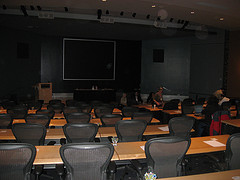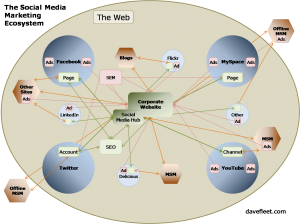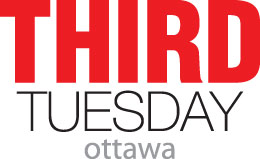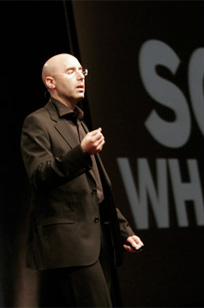I’d like to offer two students a chance to attend the Social Media for Government conference being organized by the Advanced Learning Institute (ALI) in Ottawa March 2-3.
What you’ll hear
The conference will feature a strong lineup of speakers presenting case studies of how government has used social media – both internally and externally. Sessions and presenting organizations will include:
- Engaging your employees before you engage the public, Indian and Northern Affairs Canada;
- Using social media to build relationships and reduce crime, Toronto Police Services;
- Developing a collaborative network in a hierarchical organization, Canadian Forces Aerospace Warfare Centre;
- Social Media And Government Communications: Using social media to communicate and engage the public while complying with government policies and laws, Government of Canada’s Community Communications Office;
- Making the business case for social media, Canada Mortgage and Housing Corporation;
- Social media strategy rules of engagement and evaluation metrics, Human Resources and Skills Development;
- Using social media to address the needs of a diverse audience, Ontario Ministry of Health and Long-term Care;
- Using Facebook and Twitter to communicate in an ever-changing communications environment, Genome Alberta;
- Strategy before tactics, Public Safety Canada;
- Expanding your social media network while staying within your agency’s guidelines, standards and policies, Parks Canada;
- Using social media on both sides of the firewall, Canadian Tourism Commission;
- Social networking to create a more agile and responsive organization, Atlantic Canada Opportunities Agency;
- New web analytics for a new wave of social media, City of Ottawa;
- Using social media to foster innovation and drive change in a large organization, Royal Bank of Canada (Yes, not a government organization. But a very large organization exploring the use of social media.)
I’ll be chairing the conference and presenting a workshop on the day before it opens.
How you can attend
As I was preparing, it occurred to me that this conference would be a wonderful learning experience for a student interested in social media, communications, political science or journalism. But the registration probably puts it out of reach of all but the wealthiest students.
So … I bought a couple tickets to the conference and I’d like to give them to two students who will benefit from the sessions.
Interested in attending? Here’s how you can get one of these tickets.
Leave a comment below or write a post on your own blog explaining how this learning experience would fit in with your academic studies.
I’ll read the comments and posts and offer the tickets to the two students who I think make the best case. Simple.
So, if you’re a post-secondary student and you’d like to attend, tell me why. Also, if you know a student who you think could benefit from this opportunity, please point out this post to them.
I’ll select the winning students at 5PM Feb. 25 and contact them that evening.











